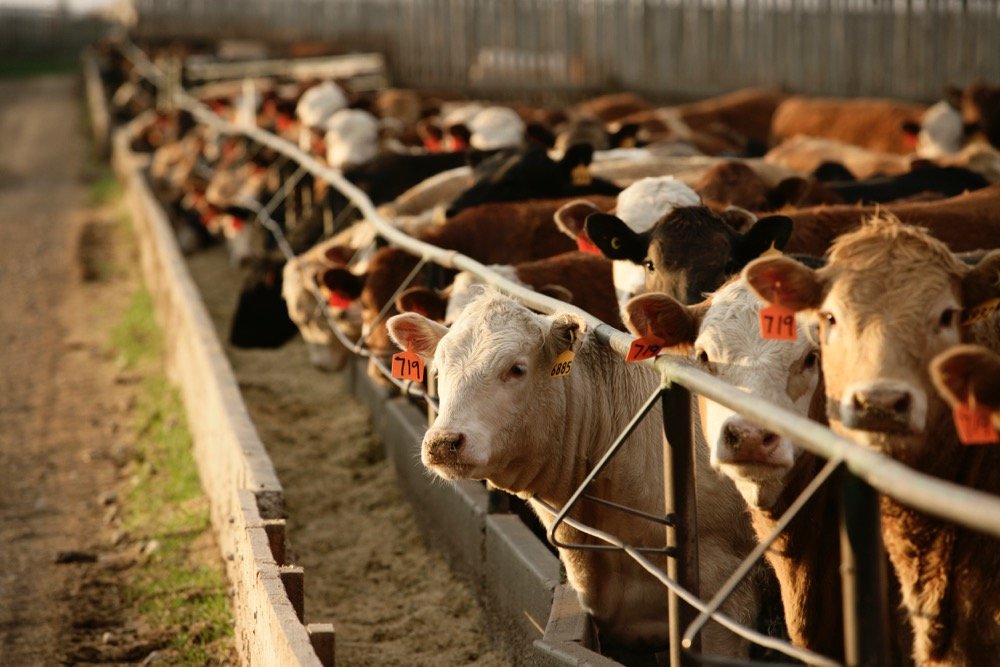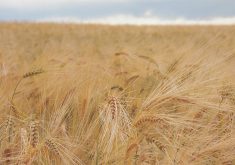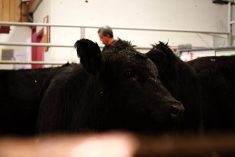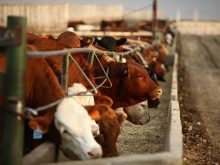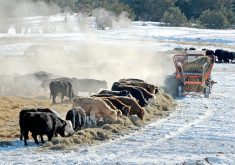There were no major sales last week; however, a few auction barns held sales with a light run of feeder cattle along with bred cows and bred heifers. Compared to seven days earlier, western Canadian feeder cattle prices were relatively unchanged.
Liquidation of the cow herd was the main feature on both sides of the border during the latter half of 2021. Drought conditions in Saskatchewan and Manitoba caused cow-calf producers to liquidate feeders sooner than normal. Many calves came on the market in the 400- to 550-lb. range instead of the 600- to 800-lb. weight categories. It appears feeder cattle supplies will be tighter than normal during the spring period.
Read Also
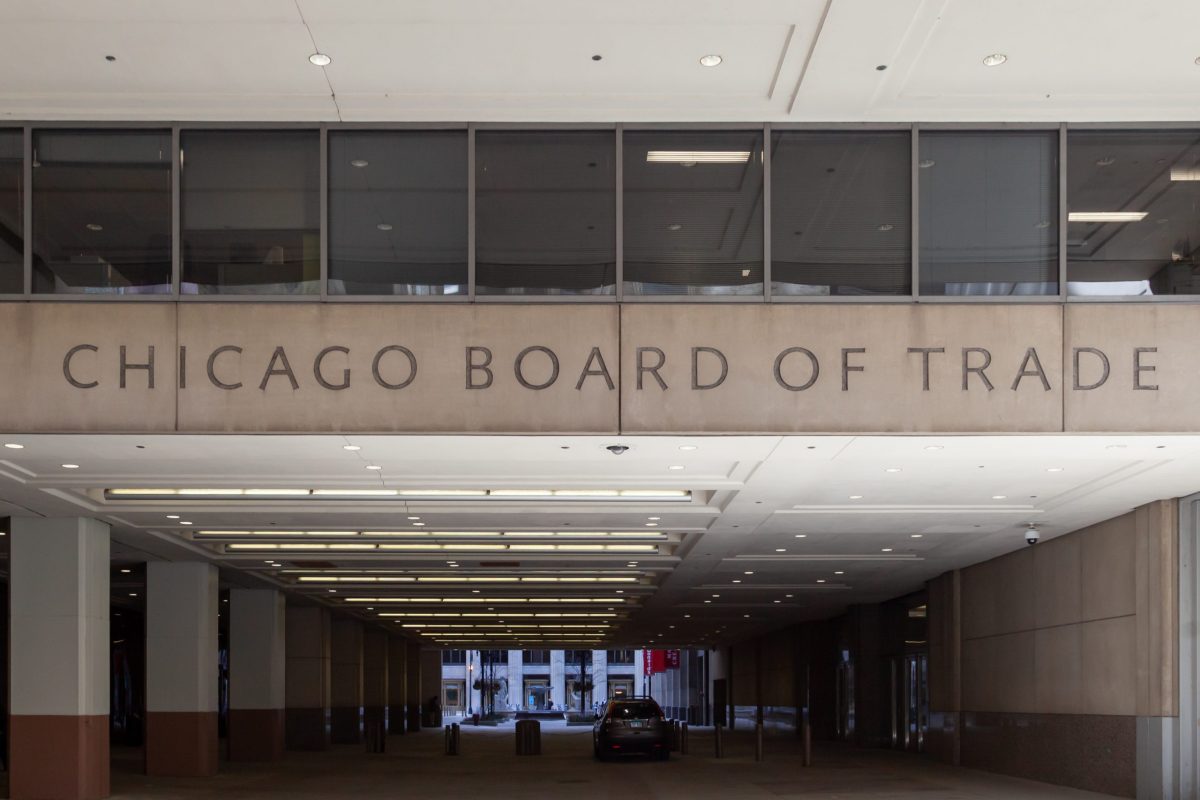
U.S. grains: Soybeans hit six-week low as Brazilian harvest looms; corn, wheat sag
Chicago | Reuters – Chicago soybean futures fell to six-week lows on Friday as worries about slowing export demand for…
In addition to lower available numbers in Western Canada, we’ll likely see a year-over-year increase in feeder cattle exports to the U.S. Feedlots in the Midwest hold a competitive advantage over Western Canada due to lower feed grain costs. During November and December, the fed cattle market in the U.S. was trading at a sharp premium to Western Canada. U.S. feeding margins drifted into positive territory while western Canadian feedlots were still struggling to cover variable costs.
The quality of feeder cattle was quite variable last week, which made the market hard to define. Secondly, small groups or singles characterized the market for the most part. In central Alberta, a group of five tan steers weighing 510 lbs. reached up to $238 last week while four tan heifers averaging 500 lbs. were quoted at $204. In southern Alberta, a small group of Hereford-based steers averaging 550 lbs. were valued at $226 landed in the feedyard and similar-quality and -weight heifers were valued at $194 delivered.
Some backgrounded cattle are starting to come on the market. While yearlings are hard to come by at this time of year, there was interest for direct off farm sales. In southern Alberta, larger-frame medium-flesh Simmental-blended steers weighing 860 lbs. were quoted at $184. Mixed steers with heavier butter weighing a shade under 900 lbs. were quoted at $180. Despite the higher grain prices, comments from the front lines suggest buyers still need a sharp eye for replacements coming off a “hot” feed ration. Again, these are indications, as there were too few numbers to quote a market.
Alberta packers were buying fed cattle on a dressed basis in the range of $277-$278 delivered. The fed market ended the year at 52-week highs. The weaker Canadian dollar is contributing to the strength, but feedlots have a backlog of market-ready supplies. Feedlot operators are concerned about beef demand given high COVID case counts. This could cause the feeder market to incorporate a risk discount during January.
— Jerry Klassen is president and founder of Resilient Capital, specializing in proprietary commodity futures trading and market analysis. Jerry consults with feedlots on risk management and writes a weekly cattle market commentary. He can be reached at 204-504-8339 or via his website at ResilCapital.com.

